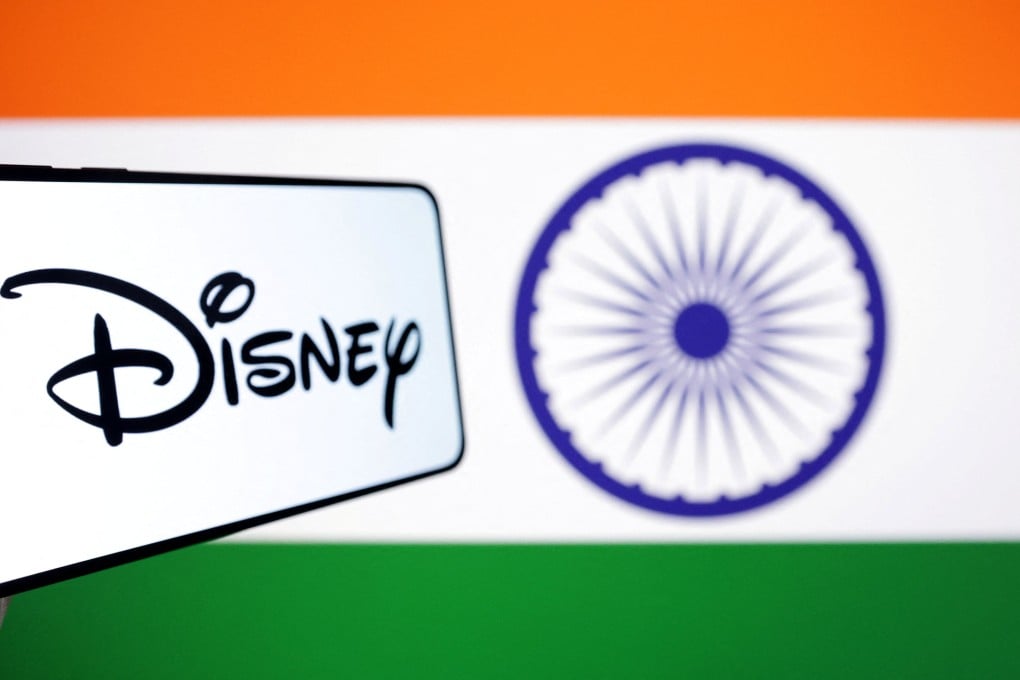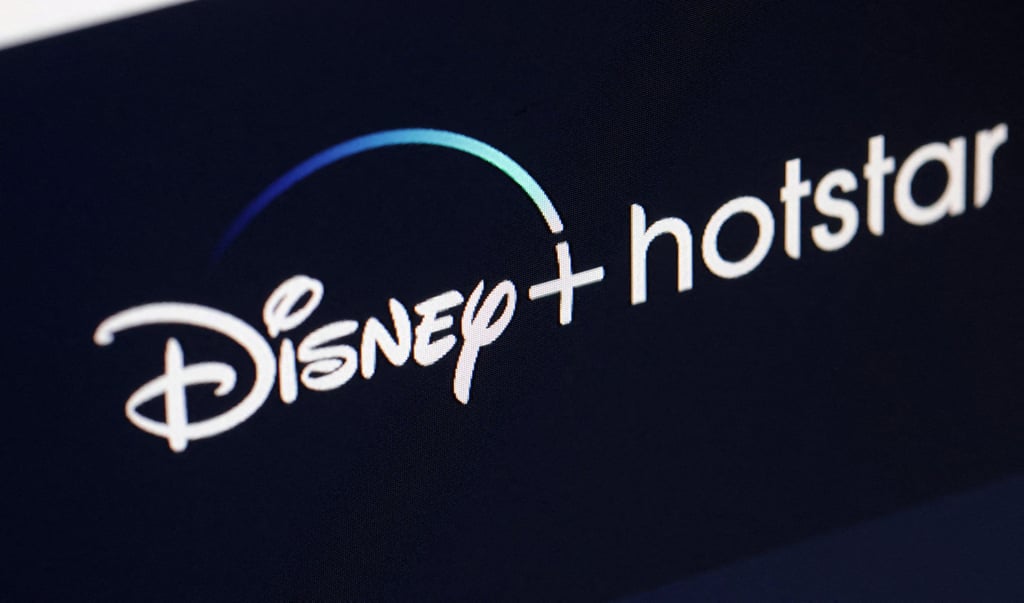In India, a possible Disney-Reliance entertainment merger sparks antitrust concerns
- If the deal is struck, it could seismically reshape India’s TV and streaming landscape, with Japan’s Sony also planning to merge its India business with Zee Entertainment
- A Disney-Reliance deal is likely to face closer scrutiny because of the increased concentration of market power post the Zee-Sony merger, analysts say

A merger of Walt Disney’s India unit and billionaire Mukesh Ambani’s media business would create an entertainment powerhouse in India, but lawyers say any deal would draw intense antitrust scrutiny and assets would likely need to be shed.
Disney and India’s Reliance, which each have a major streaming service as well as 120 TV channels between them, are looking at merging into an entity in which Ambani’s group is likely to have a majority stake, sources said this week.
In particular, a deal could benefit Disney, whose Hotstar streaming app has been loss-making. CEO Bob Iger said last month that while Disney’s TV channels were doing well in India, other parts of the business were struggling and it was seeking to “improve the bottom line”.

If a deal was struck, it would be the second to seismically reshape India’s TV and streaming landscape, as Japan’s Sony also plans to merge its India business with India’s Zee Entertainment.
The Zee-Sony plan cleared a review by the Competition Commission of India (CCI) last year and could close in the coming weeks. The two companies have said they will divest three of Zee’s Hindi TV channels as part of their agreement for regulatory acceptance.
Although Netflix and Amazon also compete in India’s US$28 billion media and entertainment market, the emergence of two behemoths would probably create a duopoly wielding anticompetitive power over advertisers, users and content creators, antitrust lawyers said.
“This deal may get closer scrutiny because of the increased concentration of market power post the Zee-Sony merger. That makes their path to CCI approval more challenging,” said Avimukt Dar, founding partner at India’s IndusLaw.
Disney declined to comment. Reliance, its broadcast unit Viacom18 and the CCI did not respond to Reuters queries.
